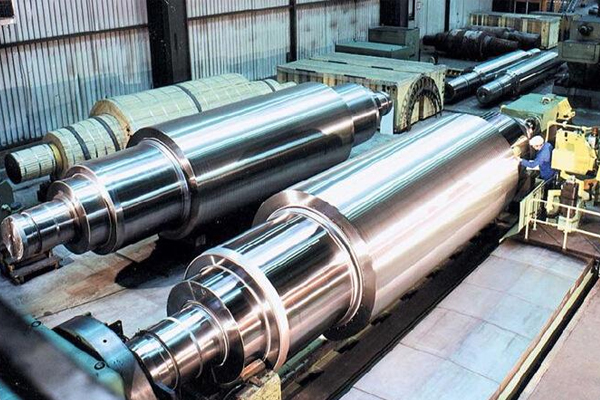Free forging steel has the following three critical properties under quenching condition.
(1) Structural characteristics
According to the steel size, heating temperature, time, transformation characteristics and cooling mode, the quenched steel structure must be composed of martensite or martensite + residual austenite, in addition, there may be a little undissolved carbide. Both martensite and residual austenite are in a metastable state at room temperature, and they tend to change to the stable state of ferric mass plus cementite.
(2) Hardness characteristics
The lattice distortion caused by carbon atoms is revealed by hardness, which increases with supersaturation, or carbon content. Quenching structure hardness, high strength, plasticity, low toughness.
(3) Stress characteristics
Including micro stress and macro stress, the former is related to lattice distortion caused by carbon atoms, especially with high carbon martensite to reach a very large value, analysis of quenching martensite in a tense stress state; The latter is due to the temperature difference formed on the cross section when quenching, the workpiece surface or the center of the stress state is different, there is tensile stress or compressive stress, in the workpiece to maintain balance. If the internal stress of hardened steel parts is not eliminated in time, it will cause further deformation and even cracking of parts.
To sum up, although the quenched workpiece has high hardness and high strength, but the kneel is large, the structure is unstable, and there is a large quenched internal stress, so it must be tempered to apply. Generally speaking, tempering process is the follow-up process of steel quenching, it is also the very last process of thermal disposal process, it gives the workpiece very after the demand of the function.
Tempering is the process of heating hardened steel to a certain temperature below Ac1, keeping it for a certain time, and then cooling it to room temperature. Its important purposes are:
(1) reasonably adjust the hardness and strength of steel, improve the toughness of steel, so that the workpiece meets the application requirements;
(2) stable structure, so that the workpiece in the course of permanent application does not occur structural transformation, so as to stabilize the style and size of the workpiece;
The quenching internal stress of the workpiece can be reduced or eliminated to reduce its deformation and prevent cracking.
Post time: Dec-16-2021

